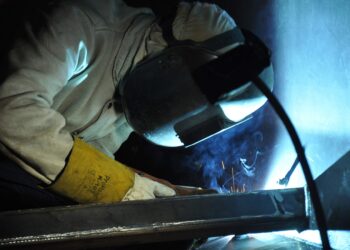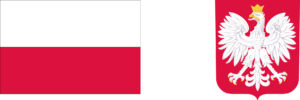The agricultural landscape in Central and Eastern Europe (CEE) is undergoing a significant transformation with the integration of drone technology. Drones, or unmanned aerial vehicles (UAVs), are playing an increasingly vital role in modernising agricultural practices in the region, offering innovative solutions to enhance efficiency, productivity, and sustainability in farming.
In countries like Poland, Hungary, and Czechia, drones are being employed for a variety of agricultural purposes. One of the primary uses is in precision agriculture – using drone-gathered data to make informed decisions about crop management. Drones equipped with advanced sensors can provide detailed information on soil health, crop conditions, and moisture levels. This data enables farmers to optimise their use of water, fertilisers, and pesticides, leading to more efficient and sustainable farming practices.
For instance, in Poland, agricultural drones are being used for crop monitoring and spraying. By precisely targeting areas that need treatment, drones reduce the amount of chemicals used, minimising environmental impact and saving costs. Polish tech companies and agricultural institutes are collaborating to develop drone technologies that are tailored to the specific needs of Polish farmers.
Hungary, with its large agricultural sector, is also adopting drone technology. Hungarian farmers are using drones for tasks such as planting seeds, monitoring livestock, and assessing crop health. The Hungarian government is supporting this technological adoption through funding and research initiatives, recognising the potential of drones to bolster the country’s agricultural productivity.
In Czechia, drones are being used not only for crop monitoring but also for vineyard management. The country’s wine industry is utilising drone technology to assess vine health and to ensure optimal growth conditions, enhancing the quality of the wine produced.
Beyond these applications, drones are also contributing to environmental conservation in agriculture. In Romania, drones are being used for mapping and monitoring land use, helping to maintain biodiversity and prevent illegal deforestation. This is particularly important in preserving the country’s extensive natural landscapes and ensuring sustainable agricultural practices.
The integration of drones in CEE agriculture, however, faces several challenges. One of the key issues is the cost of drone technology, which can be prohibitive for small-scale farmers. Additionally, there is a need for technical expertise to operate drones effectively and to interpret the data they collect.
Another challenge is regulatory. As drone technology is relatively new, many CEE countries are still developing regulations regarding their use, particularly concerning privacy and airspace security. Navigating these regulatory landscapes is crucial for the effective and lawful use of drones in agriculture.
Despite these challenges, the role of drones in modernising CEE agriculture is becoming increasingly significant. Drones offer a high-tech solution to traditional farming challenges, enhancing efficiency, reducing environmental impact, and leading to more sustainable agricultural practices. As the technology becomes more accessible and regulations more defined, drones are set to become an integral part of the agricultural landscape in Central and Eastern Europe.






